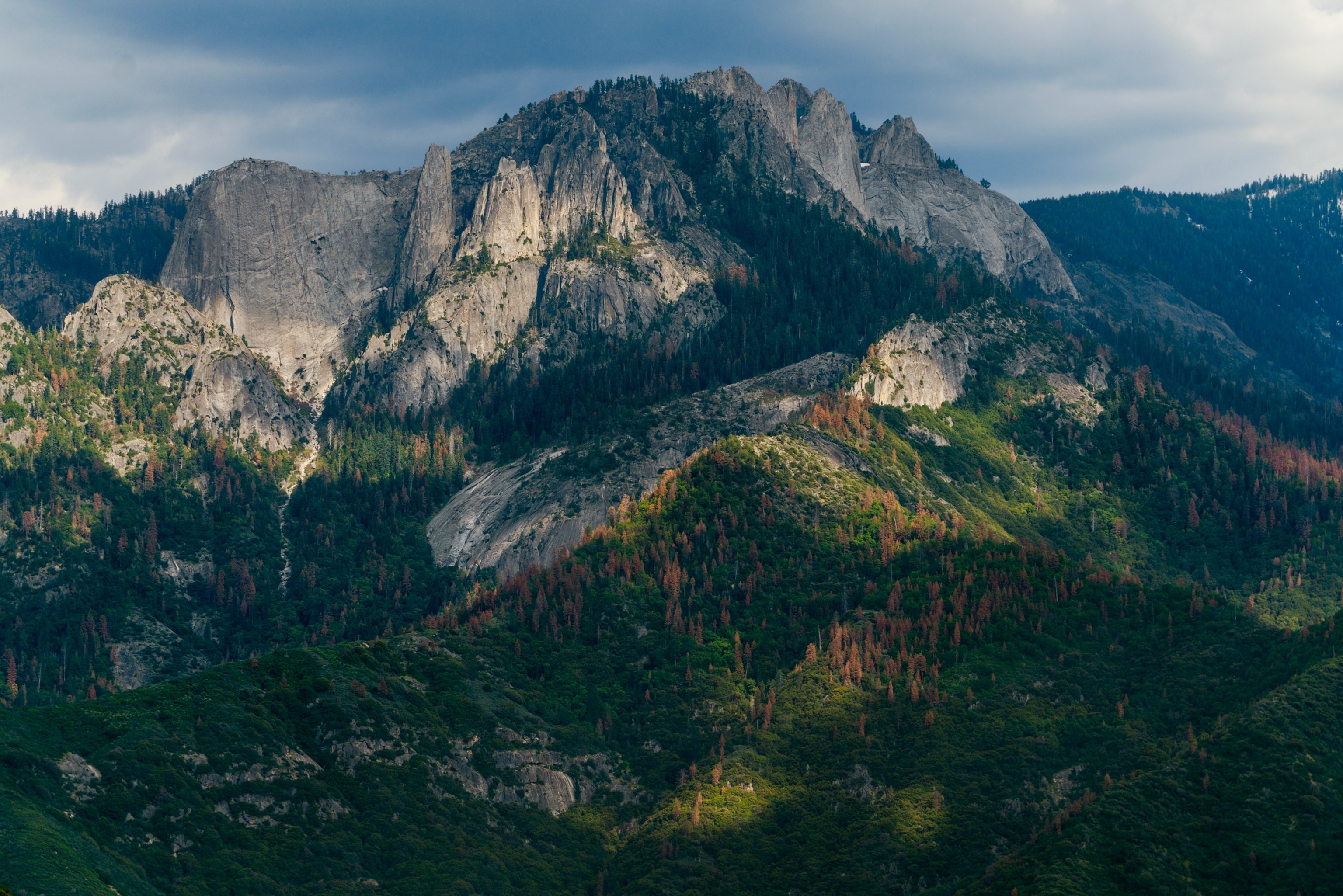Business as usual isn’t working for the planet. Human-driven activities, such as deforestation and overfishing, have put one million species at risk of extinction, according to a ground-breaking 2019 United Nations report. The report is a thunderous wake-up call for the world on the need to make protecting nature job No. 1.
The call is particularly pertinent for business leaders. Too often over the past century, the growth of business has come at the expense of the environment, says Molly McUsic, President of the charitable Wyss Foundation. The foundation, created by entrepreneur, conservationist, and philanthropist Hansjörg Wyss, is committing $1 billion over the next decade to protect lands and ocean worldwide through the global Wyss Campaign for Nature.
A partnership with the National Geographic Society, the Campaign for Nature seeks to conserve at least 30 percent of the planet by 2030, and to help mobilize the financial resources needed to effectively manage protected places. As Wyss passionately articulated in an October 2018 New York Times op-ed, “…the food, clean water, and air we need to survive and prosper depends on our ability to protect the planet’s biological diversity.”
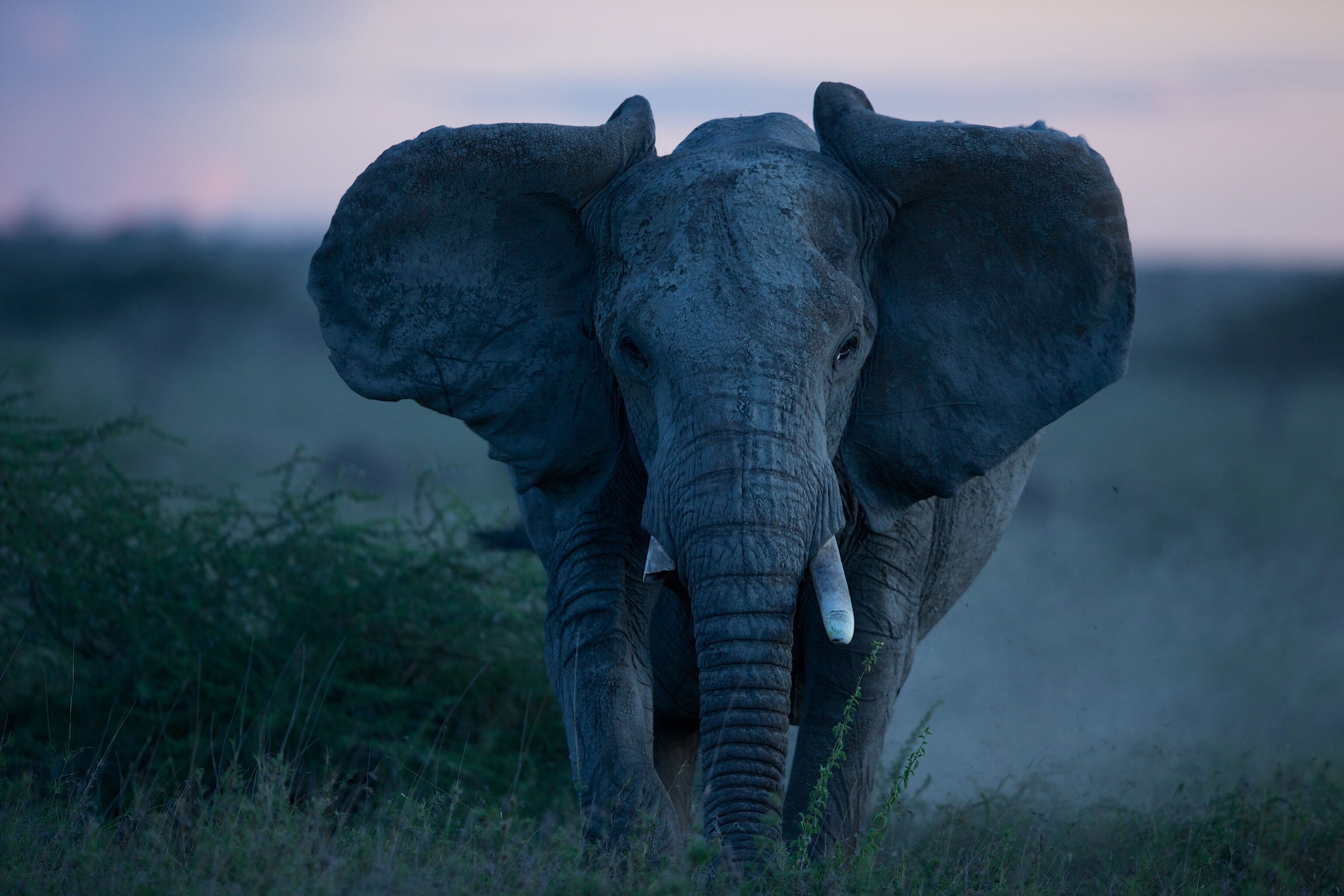

To achieve this ambitious 30x30 goal, the Campaign for Nature is supporting locally-led and indigenous-led conservation efforts; advocating for increased international conservation targets through the UN Convention on Biological Diversity; funding scientific studies; and building public, governmental, and business sector awareness about the urgency to safeguard the natural world.
“The prosperity of every business in every economy depends in some way on the health of nature,” says McUsic, pointing to clean air and water as examples of the ecological services the environment provides to the global economy free of charge. Economists value these services at some $70 trillion to $125 trillion—several times greater than the economy of the United States.
“Based on virtually every indicator,” McUsic adds, “regions that have prioritized nature conservation have healthier economies to the benefit of business. …Simply put, protecting and restoring nature is good for business.”
For example, one analysis of 16 different U.S. locations found that every $1 spent to acquire or improve public lands returned almost $4 in economic value. Similarly, each tax dollar invested in the National Park Service effectively returns $10 to the U.S. economy thanks to visitor spending.
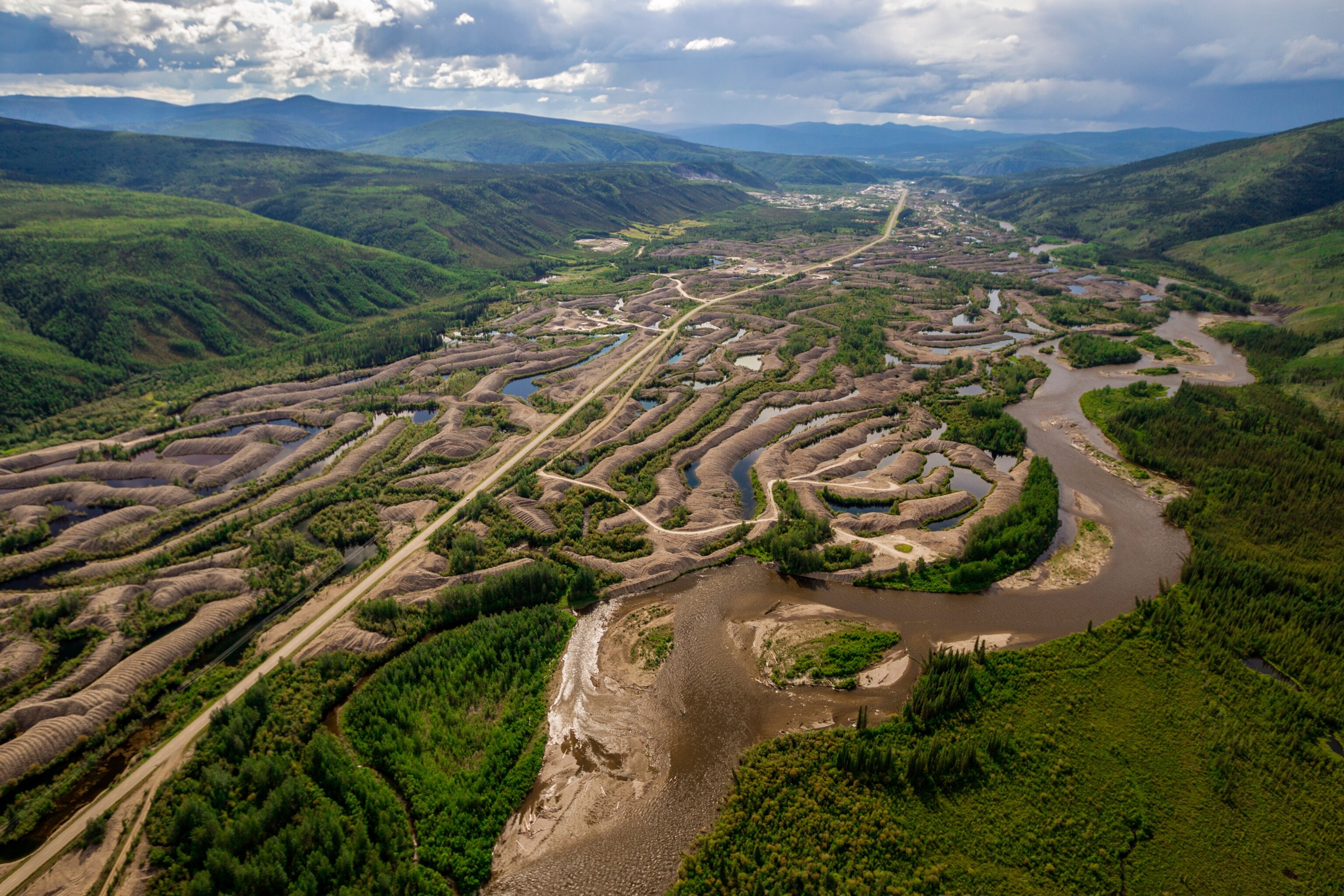
The good news, McUsic says, is that some companies are getting the message by considering how natural systems are foundational to their success, by accounting for environmental sustainability in their supply chains, and by supporting efforts to protect sensitive lands and waters in the communities where they work.
Among these forward-thinking businesses are the 3,200 members of the growing Certified B Corporation movement: a purpose-driven certification measuring a company’s entire social and environmental performance. A number of B Corporations also are part of the separate Business for Nature coalition, a group of organizations making the business case for new, ambitious policies to reverse nature loss and safeguard natural systems.
McUsic views the rise of B Corporations, the formation of business networks pledging to green operations and attain net zero emissions, and governmental support for pro-nature business practices as reasons to be hopeful. Yet, she cautions that these examples remain the exception rather than the rule. The vast majority of big businesses, she says, need to significantly step up, demonstrate leadership, and make meaningful commitments to protect biodiversity around the world.
The challenges ahead—to address the dual nature and climate crises—will require all of us, including the business community, to do a whole lot more.Molly McUsic
One corporation rising to the challenge is the global food and beverage company Danone. In 2018, Danone North America—maker of dairy and plant-based brands like Dannon® and Silk®—became the world’s largest certified B Corp. The company also is a leading force behind One Planet Business for Biodiversity (OP2B). This business-led, agriculture-centric coalition works to protect and restore biodiversity within supply chains and product portfolios.
“Every company in the OP2B coalition has a supply chain link to the ground,” says Chris Adamo, Vice-President of Federal and Industry Affairs at Danone North America. “What’s happening to the resources that farms use is critically important to us as a food company.”
To realize change from the ground up, Danone partners with suppliers to implement practices that are a win-win for nature and business. For example, Danone helps farmers collect and analyze data they can use to make informed decisions—ones that have economic benefits for the farm as well as carbon, water, and biodiversity benefits for the planet.
“How do we make these farms more economically resilient has to be the starting place for asking farmers to consider changing their overall practices,” adds Adamo who points to Danone’s regenerative agriculture approaches, such as cover crops (keeping plant life on the soil year round), as ways farmers can help nature and grow business.
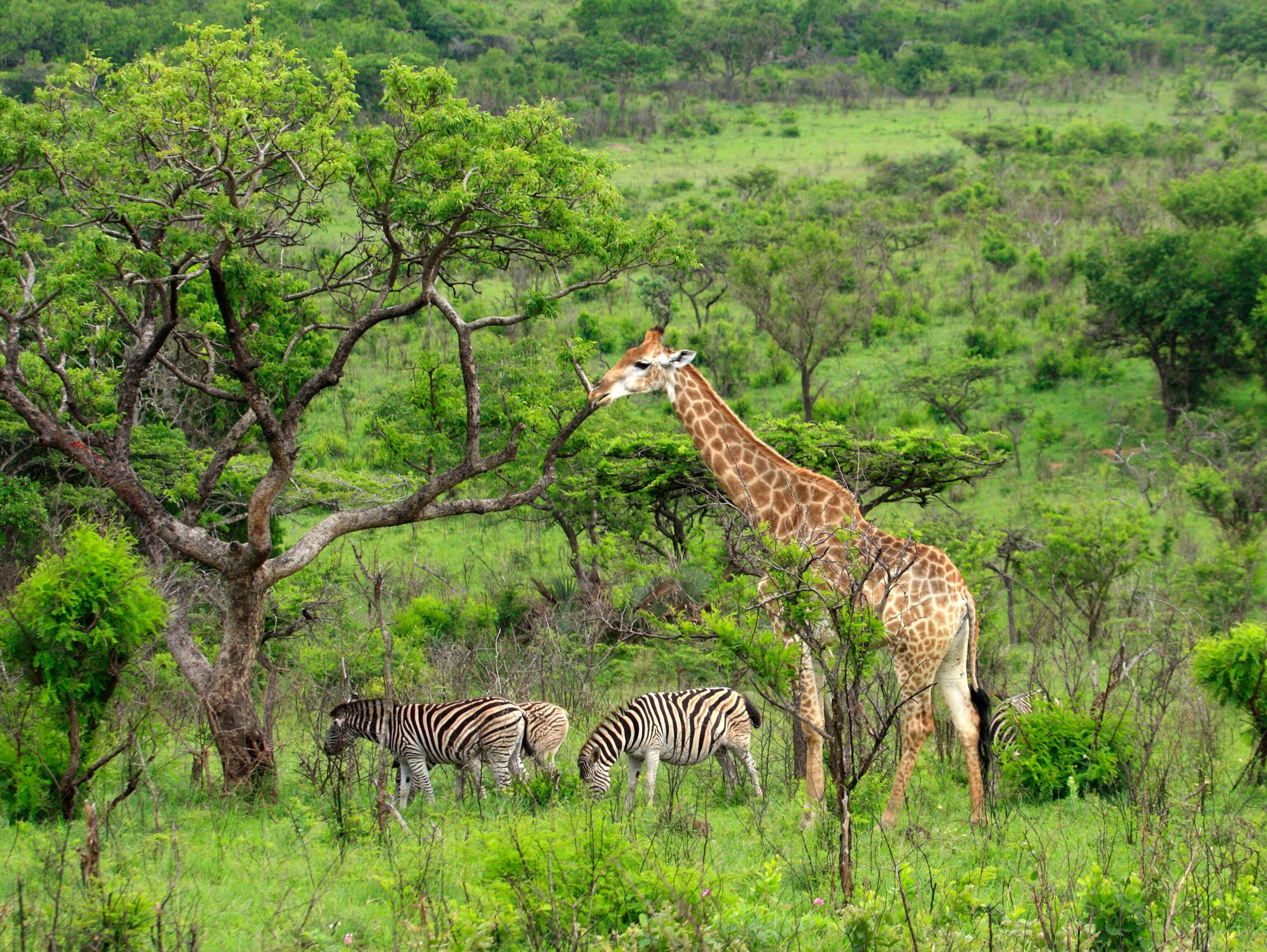
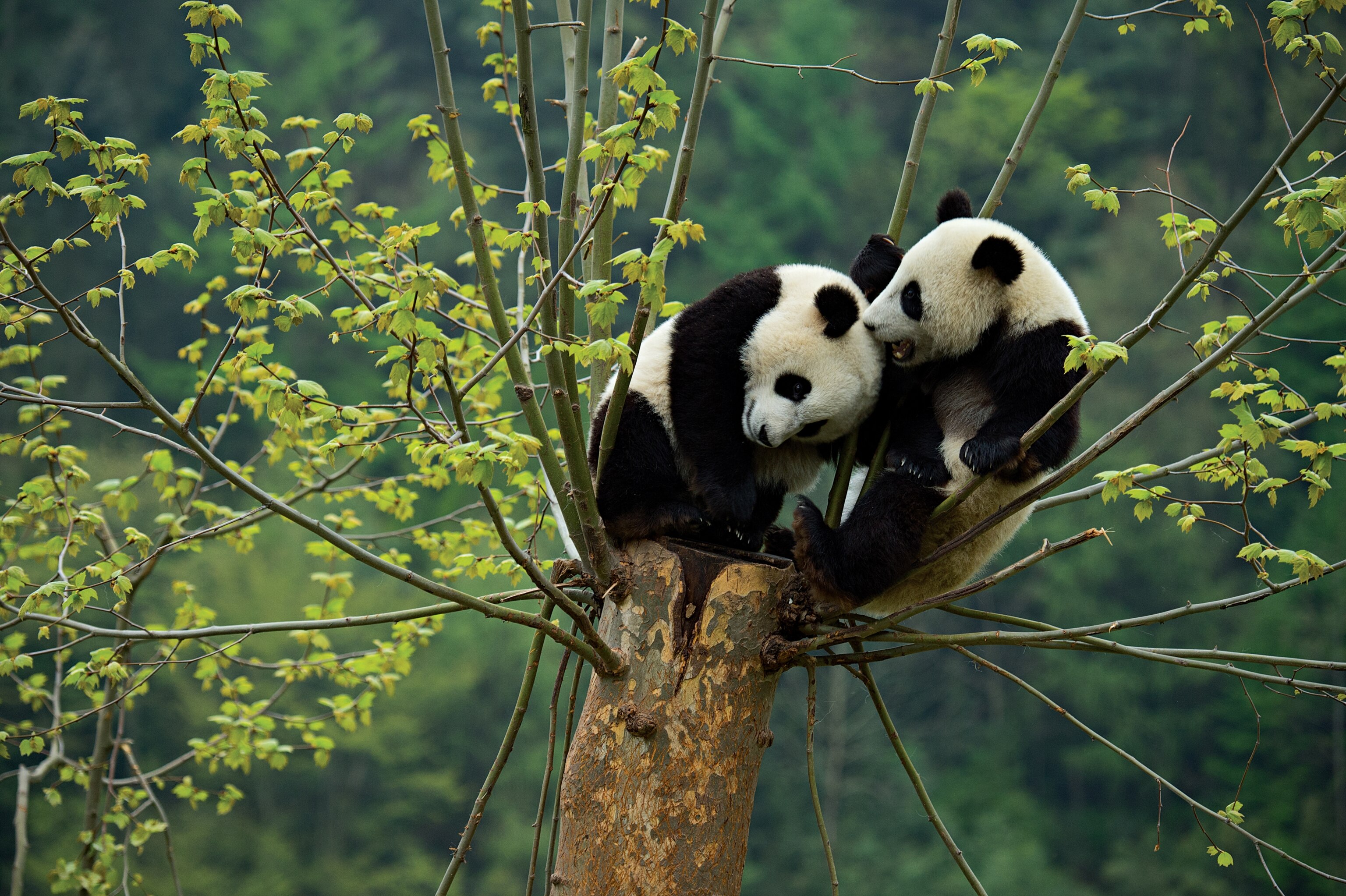
Another multinational company rooted in environmental good is the outdoor clothing and gear retailer Patagonia. In 2018, the company changed its mission statement to this clarion call for nature: “We’re in business to save our home planet.”
“Environmental work is not a side project for us. It is literally the primary reason we are in business…,” says Hans Cole, Environmental Campaigns and Advocacy Director at Patagonia.
“We’re in an emergency situation, and we need companies, businesses, governments, citizens to come together and work on these planetary-level crises of climate and extinction in a concerted fashion because we have a limited time frame to solve some of these problems.”
Proactive environmental threads—such as replacing virgin materials with recycled and being carbon neutral by 2025—are woven into every aspect of how Patagonia does business. In 2018, for the first time in company history, Patagonia also openly endorsed two candidates—Montana Senator Jon Tester and Nevada Senator Jacky Rosen—whose views align with Patagonia’s values.
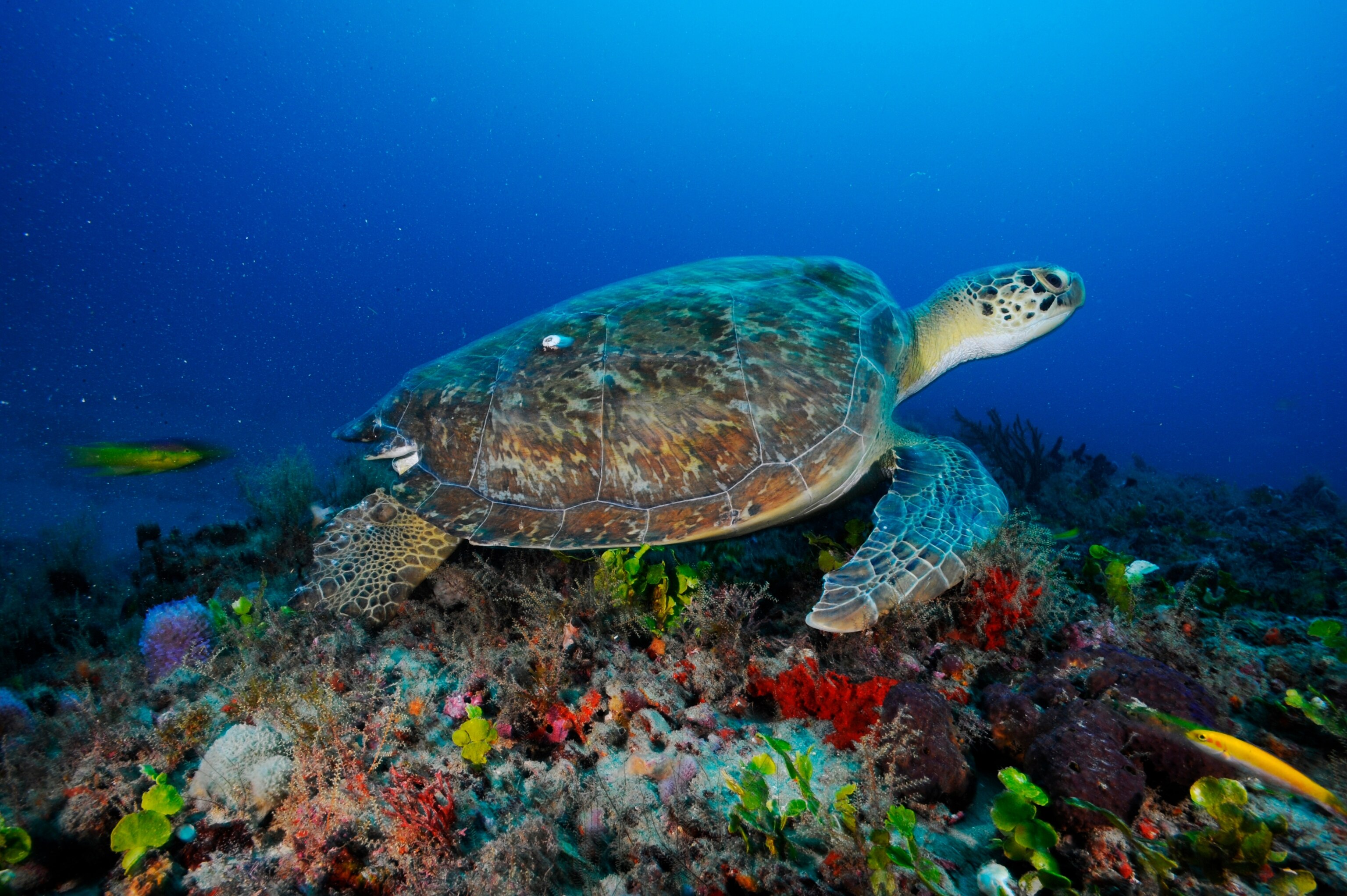
Being directly political about environmental issues is key to achieving Patagonia’s mission, says Cole. “If we want to protect large landscapes and wildlife corridors, if we want to reach the 30x30 goals, we absolutely have to have elected leaders on board.”
Policy makers are also more likely to listen, he adds, when businesses band together to speak with one voice. “I believe there is a huge opportunity for business to get behind the 30x30 effort…,” adds Cole. “When we go to Capitol Hill, members of both parties are interested in the conversation. They want to know what the business community has to say.”
As part of the Campaign for Nature, National Geographic and the Wyss Foundation are calling on all business leaders to speak up for the planet. In addition to supporting the effort to protect at least 30 percent of the planet by 2030, businesses are challenged to work with governments, philanthropists, and other global leaders to generate increased funding for nature and to advocate for new conservation regulations and laws.
“Every one of us—citizens, philanthropists, business and government leaders—should be troubled by the enormous gap between how little of our natural world is currently protected and how much should be protected,” Wyss wrote in his New York Times op-ed, aptly entitled “We Have to Save the Planet.” “It is a gap that we must urgently narrow, before our human footprint consumes the earth’s remaining wild places.”
